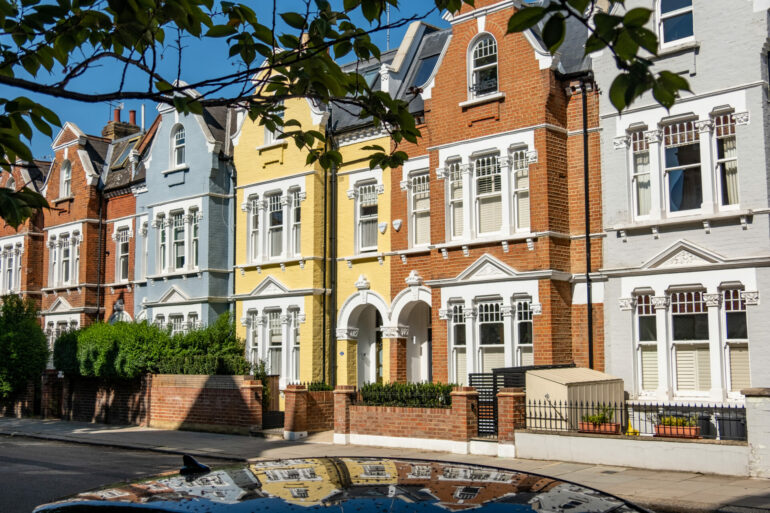The impact of rising mortgage rates is likely to be felt most keenly in 2023 and with Hampton’s forecasting 0% house price growth across Great Britain over the year.
House price growth will steadily slow throughout 2023, with the average house price likely to remain the same as it did in the fourth quarter of 2022.
Based on Hampton’s forecast that the base rate will peak at around 2.5% early next year, mortgages will clearly become noticeably more expensive.
Spiralling inflation will also reduce how much households can save and limit their capacity to borrow. This, it said, will depress house price growth.
Yet there will be significant counterbalancing factors. The majority (54%) of households own their home outright and are unaffected by mortgage rate rises.
Stronger stress testing, introduced in the wake of the financial crisis and a tight labour market will limit the number of forced sales, a key cause of house price falls in 2008.
However, if interest rates rise further than Hampton’s expects, which may be the case if inflation proves particularly persistent, house prices may fall.
House price falls are most likely in areas where price growth has been strongest over the past few years, and where a larger share of households have bigger mortgages. These include the three Northern regions and the Midlands.
Wales and Scotland have the potential to weather the storm better than most other regions, with 1.0% growth. Affordability is less stretched here, and a larger share of homeowners are mortgage-free.
Prime Central London (PCL) may prove to be an anomaly, given the lack of growth in this market over the past five years. Fewer affluent homeowners rely on mortgages, and if sterling continues to weaken against other currencies, London property will become cheaper for international buyers.
As such Hampton’s forecasts that PCL prices will rise by 1.5% next year, with 0.0% growth across Greater London.
Aneisha Beveridge, head of research at Hamptons, said: “The housing market has outperformed our expectations once again in 2022, but with a cocktail of risks on the horizon, growth is likely to stall next year.
“Financial pressures are raining down on households as inflation bites and mortgage rates rise. And it’s unlikely we’ve seen the worst of it yet, with rates expected to peak at the beginning of 2023. This means price growth in the years running up to 2025 will add up to 2021 levels.
“All eyes are on interest rates as this will be the key determinant of house price growth in the coming years. Given many mortgaged homeowners won’t have witnessed interest rate rises, it will take time for them to adjust.
“While it’s likely that the base rate will remain lower than it has in the past, higher levels of mortgage debt will magnify the impact of even small rises. If mortgage rates surpass the 5% mark, there’s a much stronger likelihood that house prices will fall.
“With more stringent affordability testing in place since the financial crash and a record share of outright homeowners, we’re likely to see fewer repossessions and forced sales which were a key driver of house price falls in 2008.
“Low-yielding landlords are the group most likely to sell up as they come under pressure from rising mortgage costs and new legislation.
“Longer-term, we expect the market to return to its traditional cycle. Price growth will begin to recover in 2024, with London leading the way as a new cycle dawns in 2025.
“However, stretched affordability will mean we’re likely to see considerably less price growth than in the past.”




